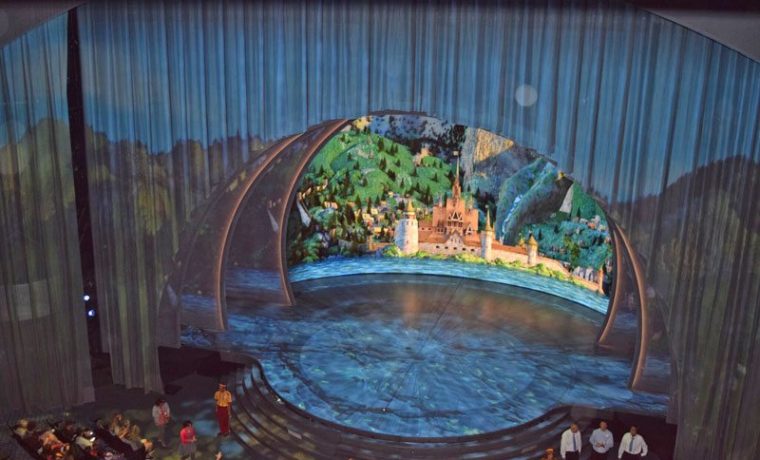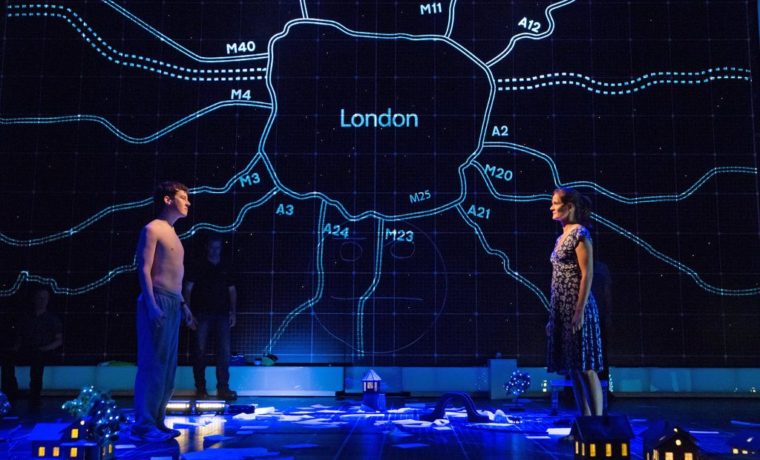NEC NP-PA653UL Projector Review – Special Features 2: PC-Free Presenting, Edge Blending and Projection Mapping, Virtual Remote
PC-Free Presenting is a feature I consider to be basic when it comes to business and education projectors, though some lower-priced models do not have the capability. It is no surprise to me that the PA653UL has this function. The optional (meaning, not included) MultiPresenter Stick allows up to 12 devices to simultaneously connect to the projector.
I did not have the dongle ($329), so I wasn’t able to test this function. The MultiPresenter Stick is compatible with Windows, Mac, Android, and iOS. That is extremely useful in today’s world, where you’ve got such a variety of operating systems being used to present content. And, with the ability to connect wirelessly to the projector, there’s no need for cables. This allows the presenter to roam freely if presenting from a mobile device. Microsoft Office is available on mobile devices, so a person can easily run a presentation directly from their PowerPoint app on their phone or tablet. Pretty cool.
Like most projectors, you can also plug in a USB drive to project presentations, images, videos, and audio. You can use this function to get your 4K images and videos to appear as 4K on the screen, rather than be limited by the resolution of your display. I spoke in detail on that in the 4K Capable section on the previous page.



